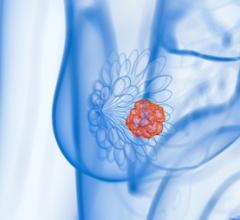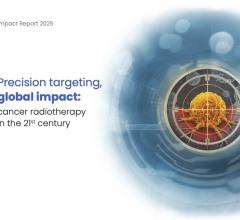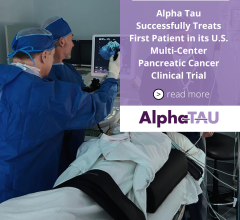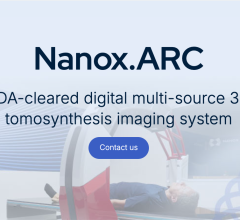May 20, 2015 — State-of-the-art deformable image registration and multimodality imaging techniques continue to drive advances in radiation therapy clinical practice. Novel research into the utility and benefit of such advanced techniques are the topics that the Mirada Medical scientific team and collaborators presented at the 3rd ESTRO (European Society for Radiotherapy and Oncology) forum conference, April 24-28 in Barcelona, Spain.
The first study, entitled “The potential role of diagnostic position MRI with deformable registration for radiotherapy planning of HNSCC”, was in collaboration with Leeds St. James Hospital (U.K.). This study examined the use of magnetic resonance imaging (MRI) acquired in diagnostic position that are fused to the planning computed tomography (CT) using Mirada CT-MR Deformable Image Registration, and the consequent effects on contouring accuracy and intra-observer variability. Accurate target and organs-at-risk structures are a prerequisite for effective radiation treatment. The study compared a number of planning structures in head and neck squamous cell carcinoma patients drawn on the planning CT alone, diagnostic MRI alone and planning MRI alone. The results showed that the gross tumour volume (GTV) accuracy improved markedly when using the diagnostic MRI, and intra-observer variability reduced.
The second study, entitled “Fractionation-corrected doses with deformable registration as a tool for treatment plan comparison”, was in collaboration with Tampere University Hospital (Finland). It examines the role of Mirada CT-CT Deformable Image Registration in the task of decision-making for patients with recurrent disease. The study presents a framework for evaluating the dose to organs-at-risk when considering multiple treatments and compares the results when performing raw dose summation and biological dose summation — both with and without healing. Importantly, the critical step of registration quality assessment is discussed, requiring the assessment of both the image fusion and the deformation field to ensure biological plausibility.
For more information: www.mirada-medical.com


 December 11, 2025
December 11, 2025 









